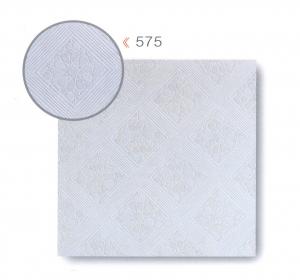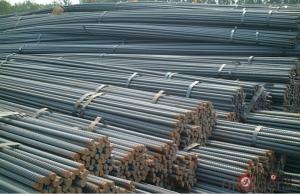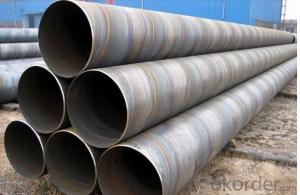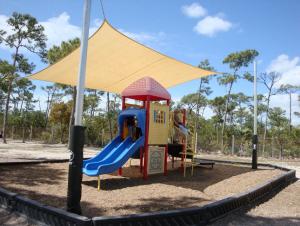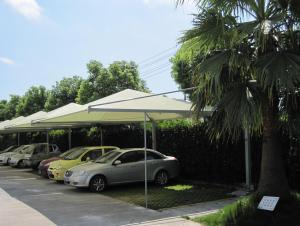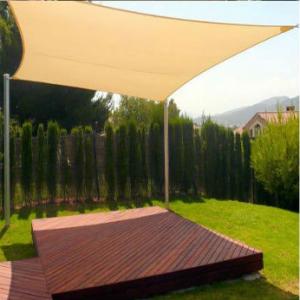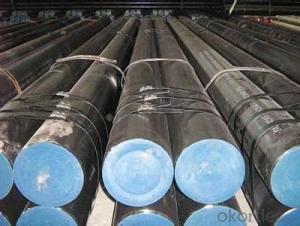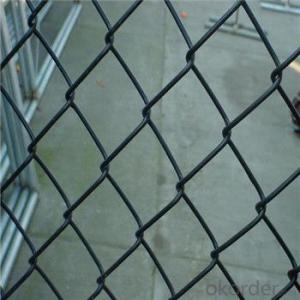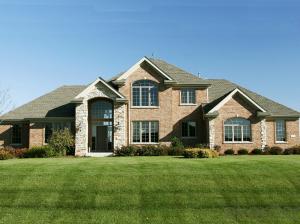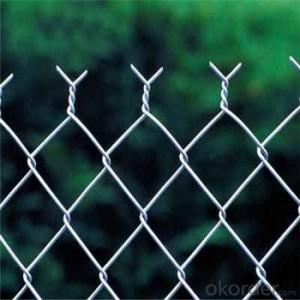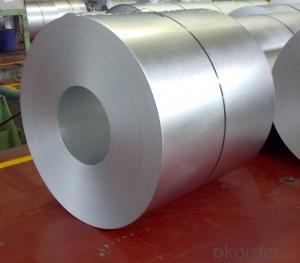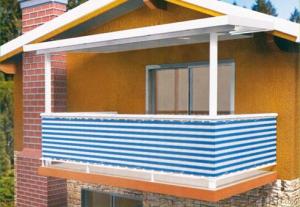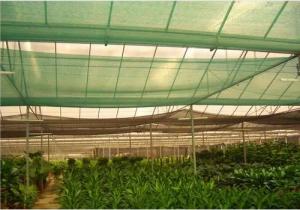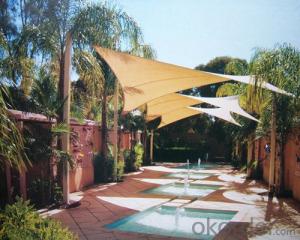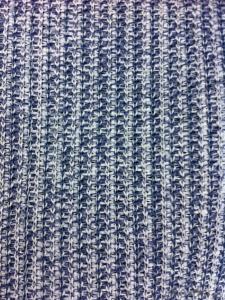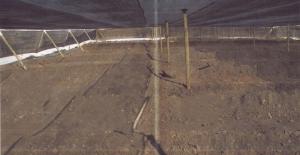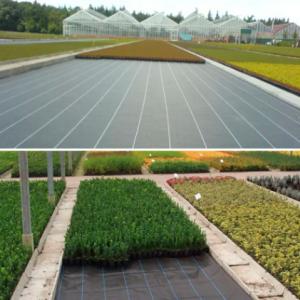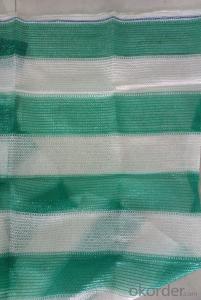Steel Window Awnings
Steel Window Awnings Related Searches
Best Paint For Stainless Steel Blanket Insulation For Steel Buildings Primer For Galvanized Steel Foam Filter For Stainless Steel H S Code For Stainless Steel Surface Grinding Wheels For Stainless Steel Surface Grinding Wheels For Hardened Steel Hole Saw For Stainless Steel Paint For Stainless Steel Stainless Steel For BbqHot Searches
Steel Mesh Panels For Sale Price For Stainless Steel Scrap Scrap Price For Stainless Steel Price For Stainless Steel Stainless Steel Tank For Sale Stainless Steel Sheets For Sale Cheap High Tea Sets For Sale Stainless Steel Tanks For Sale Stainless Steel For Sale High Density Fiberboard For Sale Solar Hot Water Collectors For Sale Scaffolding For Sale In Uae Scaffolding For Sale In Ireland Scaffolding For Sale In Houston Type Of Inverter For Solar Price Of Shipping Containers For Sale Types Of Inverter For Solar Stock Price For Aluminum Used Solar Inverter For Sale Steel Mesh Panels For SaleSteel Window Awnings Supplier & Manufacturer from China
Okorder.com is a professional Steel Window Awnings supplier & manufacturer, offers integrated one-stop services including real-time quoting and online cargo tracking. We are funded by CNBM Group, a Fortune 500 enterprise and the largest Steel Window Awnings firm in China.Hot Products
FAQ
- Plastic nets have a significant negative impact on marine life. These nets, often used in fishing operations, can entangle and trap marine animals, leading to injury, suffocation, or even death. Additionally, the presence of plastic nets in the marine environment can disrupt ecosystems, as they can damage coral reefs and other important habitats. Moreover, plastic nets can also be ingested by marine animals, causing internal injuries and blockages in their digestive systems. Overall, plastic nets contribute to the growing problem of marine pollution and pose a serious threat to the health and survival of various marine species.
- Plastic nets can be suitable for tree protection, as they can effectively prevent animals from causing damage to young trees or their fruits. Additionally, plastic nets can guard against strong winds and provide support to the tree. However, it is important to ensure that the netting is properly installed and regularly maintained to avoid any potential harm or entanglement to wildlife.
- Yes, plastic nets can be used for crowd control at events. They are lightweight, durable, and easy to install, making them an effective solution for managing and directing crowds in a controlled manner. Additionally, plastic nets can be customized to fit specific event requirements, ensuring safety and security for both event-goers and organizers.
- Plastic nets act as a physical barrier, preventing birds from accessing outdoor furniture and causing damage. The nets create a deterrent, discouraging birds from perching or nesting on the furniture, thereby reducing the risk of scratches, stains, droppings, and other potential damages.
- Plastic nets help in pest control by acting as a physical barrier, preventing pests from accessing crops or plants. These nets are specifically designed with small mesh sizes that block insects and other pests from reaching the plants, thereby reducing the damage they can cause. Additionally, plastic nets can also provide protection against birds and larger pests, helping to maintain the integrity of the crop and increase overall yields.
- Plastic nets help in preventing soil erosion on slopes by acting as a physical barrier that holds the soil in place. They are installed on the slopes and anchored to the ground, creating a protective layer over the soil. This netting prevents the soil from being washed away by rainwater or blown away by wind, allowing vegetation to establish roots and stabilize the soil. Additionally, the plastic nets help to absorb and disperse the impact of rainfall, reducing the force of water flow and minimizing erosion.
- Yes, plastic nets can be used as safety barriers in various applications. They are commonly used in construction sites, sports fields, and industrial settings to prevent unauthorized access, control crowd movement, and provide a visual barrier. Plastic nets are lightweight, durable, and easy to install, making them an effective and cost-efficient solution for creating safety barriers.
- To repair damaged plastic nets, start by cleaning the net thoroughly to remove any dirt or debris. Then, identify the damaged areas and assess the extent of the damage. For small holes or tears, you can use a strong adhesive or plastic repair tape to seal the damaged area. If the damage is more severe, you may need to replace the damaged section of the net entirely. It's important to choose a replacement net that matches the size and material of the original net.

















